In today’s global market, consumers are faced with an abundance of options when it comes to purchasing shoes. However, one question that often arises in the minds of buyers is whether they should invest in real leather shoes or opt for the more affordable, yet questionable, fake alternatives. This article aims to elucidate the key differences between real leather shoes and their counterfeit counterparts, helping consumers make informed decisions based on quality, durability, and ethical concerns. Quality: One of the most significant distinguishing factors between real leather shoes and fake ones lies in the quality of materials used. Genuine leather, derived from animal hides, provides unparalleled durability and a soft, supple feel that cannot be replicated by synthetic materials. Real leather shoes are crafted with meticulous attention to detail, ensuring excellent craftsmanship and enduring appeal, making them a wise investment. Fake leather shoes, on the other hand, are typically made from synthetic materials such as PVC or polyurethane.

.
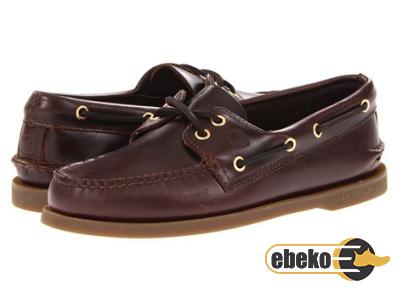 While they may attempt to imitate the appearance of real leather, the quality falls short. Fake leather shoes often lack the natural breathability and flexibility found in genuine leather, leading to discomfort and reduced longevity. Durability: Real leather shoes have undeniable staying power. The unique composition and texture of genuine leather allow it to withstand daily wear and tear, making it more resistant to scratches, scuffs, and creasing. Over time, real leather shoes develop an appealing patina that enhances their appearance, proving their durability is not just skin deep. In contrast, counterfeit leather shoes are prone to peeling, cracking, and wrinkling, especially when exposed to adverse conditions. The synthetic materials used in the manufacturing process of fake leather shoes are more susceptible to damage, leading to a shorter lifespan and diminishing the value for money.
While they may attempt to imitate the appearance of real leather, the quality falls short. Fake leather shoes often lack the natural breathability and flexibility found in genuine leather, leading to discomfort and reduced longevity. Durability: Real leather shoes have undeniable staying power. The unique composition and texture of genuine leather allow it to withstand daily wear and tear, making it more resistant to scratches, scuffs, and creasing. Over time, real leather shoes develop an appealing patina that enhances their appearance, proving their durability is not just skin deep. In contrast, counterfeit leather shoes are prone to peeling, cracking, and wrinkling, especially when exposed to adverse conditions. The synthetic materials used in the manufacturing process of fake leather shoes are more susceptible to damage, leading to a shorter lifespan and diminishing the value for money.
..
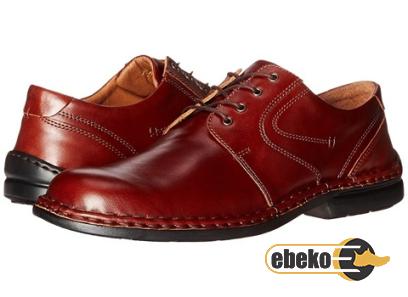 Ethical Considerations: Consumers are increasingly becoming more mindful about the ethical implications of their purchasing decisions. The production of real leather involves sourcing hides from animals, raising concerns about animal rights and environmental impact. However, it’s important to note that reputable leather manufacturers adhere to strict regulations to ensure the humane treatment of animals and sustainable practices. In comparison, fake leather shoes are often considered a more ethical choice as they do not involve animal exploitation. However, it is vital to acknowledge that the production of synthetic materials generates pollution and relies on petrochemicals, contributing to environmental degradation. Responsible manufacturing practices, such as using recycled materials and incorporating eco-friendly technologies, can help minimize the environmental footprint of fake leather shoes.
Ethical Considerations: Consumers are increasingly becoming more mindful about the ethical implications of their purchasing decisions. The production of real leather involves sourcing hides from animals, raising concerns about animal rights and environmental impact. However, it’s important to note that reputable leather manufacturers adhere to strict regulations to ensure the humane treatment of animals and sustainable practices. In comparison, fake leather shoes are often considered a more ethical choice as they do not involve animal exploitation. However, it is vital to acknowledge that the production of synthetic materials generates pollution and relies on petrochemicals, contributing to environmental degradation. Responsible manufacturing practices, such as using recycled materials and incorporating eco-friendly technologies, can help minimize the environmental footprint of fake leather shoes.
…
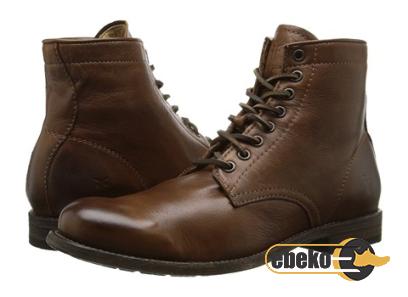 Conclusion: When it comes to selecting between real leather shoes and their counterfeit counterparts, consumers must evaluate their priorities, budget, and values. Real leather shoes provide superior quality, durability, and a timeless aesthetic, albeit at a higher cost. On the other hand, fake leather shoes offer affordability and ethical considerations, yet often fall short in terms of longevity and material authenticity. In the end, the choice is yours. By understanding the key differences outlined in this article, consumers can make an informed decision that aligns with their needs and values. Whether it’s the elegance and durability of real leather or the affordability and ethical considerations of fake leather, purchasing shoes that meet your expectations is paramount.
Conclusion: When it comes to selecting between real leather shoes and their counterfeit counterparts, consumers must evaluate their priorities, budget, and values. Real leather shoes provide superior quality, durability, and a timeless aesthetic, albeit at a higher cost. On the other hand, fake leather shoes offer affordability and ethical considerations, yet often fall short in terms of longevity and material authenticity. In the end, the choice is yours. By understanding the key differences outlined in this article, consumers can make an informed decision that aligns with their needs and values. Whether it’s the elegance and durability of real leather or the affordability and ethical considerations of fake leather, purchasing shoes that meet your expectations is paramount.

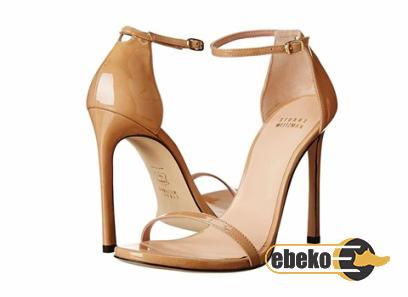
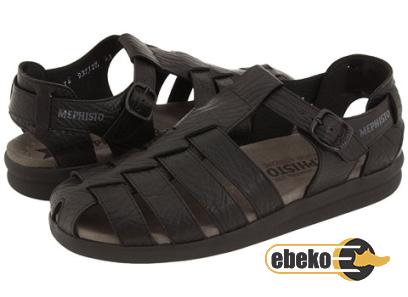
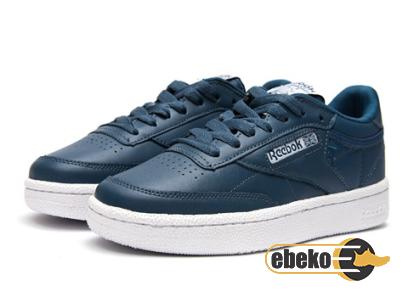
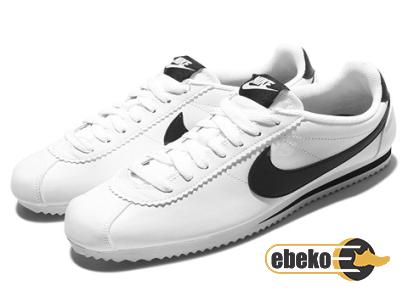


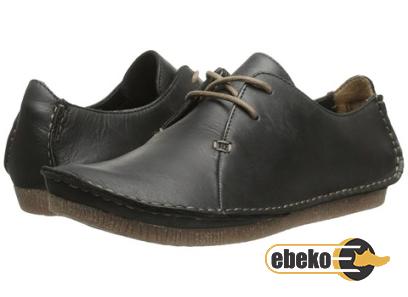
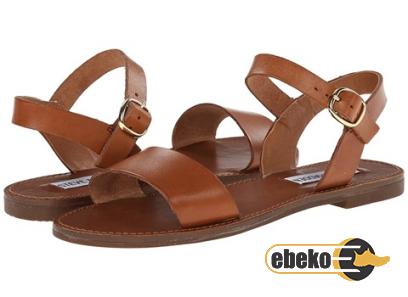
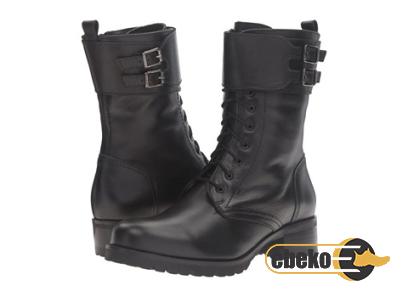
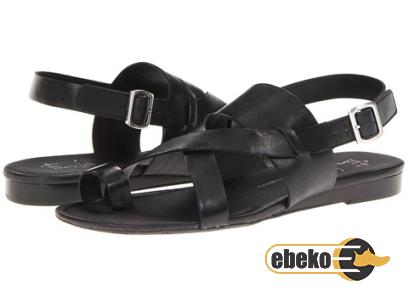
Your comment submitted.